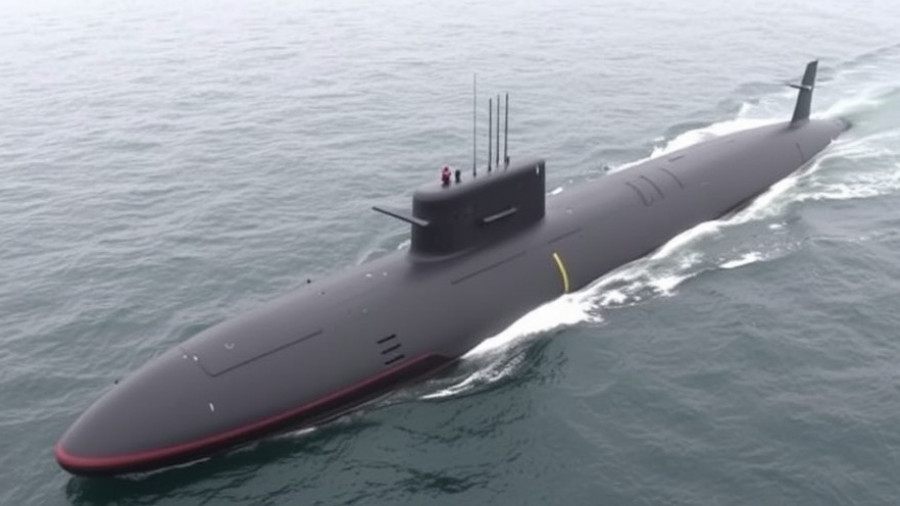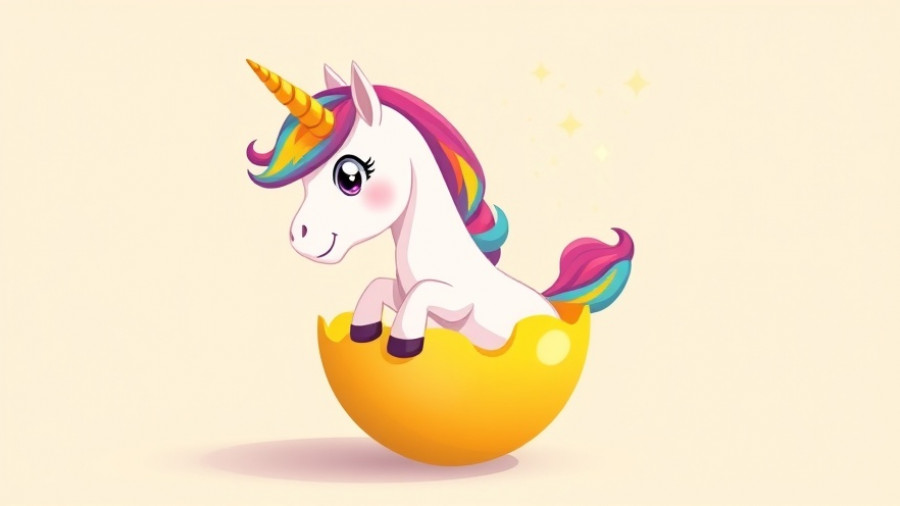
Trump's Ambitious Promise on Drug Prices
In a surprising speech, President Donald Trump stated that he aims to achieve staggering reductions in drug prices, going as far as claiming cuts of up to 1,500%. During a recent gathering with Congressional members, he confidently declared, "We’re gonna get drug prices down not 30 or 40 percent, not 50 or 60, no, we’re gonna get ’em down 1,000 percent, 600 percent, 500 percent, 1,500 percent." This ambitious goal, however, raises eyebrows among healthcare professionals and economists alike, who question the feasibility of such drastic measures.
Understanding the Current Landscape
Pharmaceutical pricing in the United States has long been a contentious topic. Americans often find themselves facing significantly higher prices for medications compared to their counterparts in other developed nations. This disparity stems from various factors, including market structures, lack of price regulation, and the prevailing practice of profit maximization in the pharmaceutical industry.
The Economics Behind Drug Pricing
Currently, pharmaceutical companies operate in a landscape where they prioritize shareholder profits. The expectation that a company will reduce drug prices by 1,500% seems not only unrealistic but impossible, as it fundamentally contradicts the very nature of a for-profit model. For example, consider a medication that costs $100: a 25% reduction drops it to $75, and a 100% reduction means it becomes free. Anything above that implies the manufacturer would have to compensate the consumer, a concept hardly imaginable in today’s healthcare economy.
Challenges to Implementation
Trump's approach highlights the challenge of negotiating drug prices that does not only rest on letters to pharmaceutical heads but requires concrete strategies and mechanisms to regulate the industry effectively. Experts suggest that reducing drug prices might involve collective action through policy reforms such as adopting international pricing standards, implementing price caps, or allowing Medicare to negotiate directly with manufacturers. However, these solutions also come with their own complexities.
Industry Trends and Future Predictions
As we look to the future, there is an emerging conversation in the healthcare community about disrupting traditional price-setting mechanisms to make medications more affordable. This could involve leveraging technology and innovation to drive transparency in pricing and competition within the pharmaceutical sector. Emerging technologies, such as blockchain for supply chain transparency and AI for predictive analytics, might offer pathways to facilitate substantial change.
What Does This Mean for You?
For professionals across healthcare, finance, and tech, understanding the implications of Trump's audacious claim is essential. Not only does it raise questions about market dynamics and pricing strategies, but it also invites innovative thinking on how we can approach healthcare costs in a more equitable manner. If such transformative changes are genuinely on the horizon, being ahead of the curve may present strategic advantages for businesses and communities alike.
Equipped with insights and analyses, staying informed will enable professionals to anticipate shifts and adapt strategies to align with evolving market trends in healthcare, finance, and beyond.
 Add Row
Add Row  Add
Add 




Write A Comment